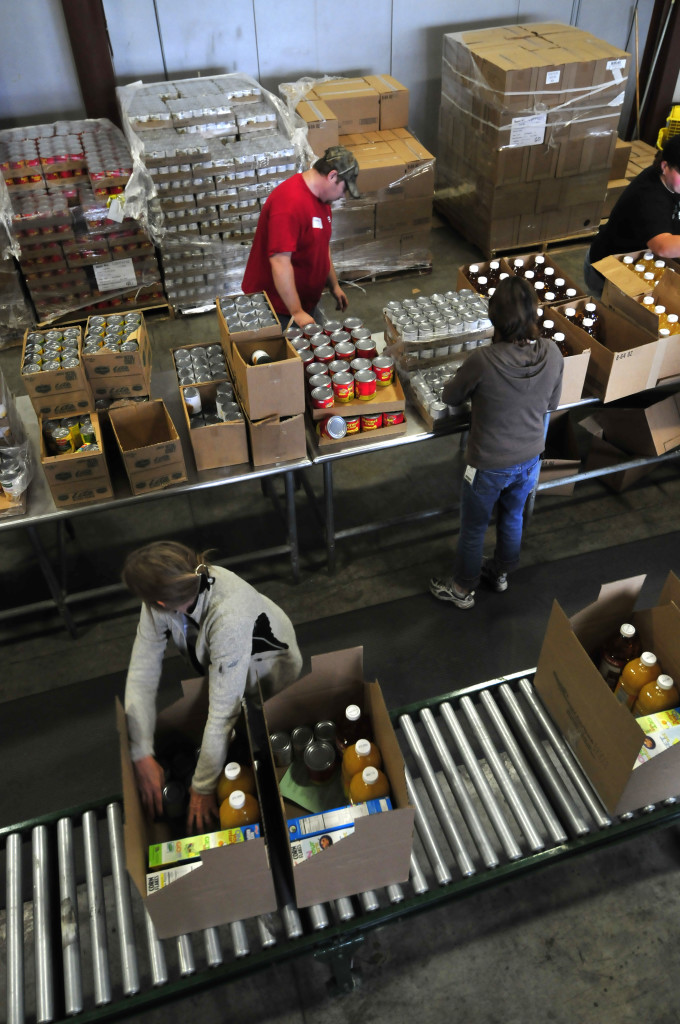Following is a summary of the effect current tax laws have on the treatment, under the Internal Revenue Code (IRC), of donations of appreciated ordinary income property when contributed by corporations to charitable organizations. Additional tax and liability information can be found here.
The following information should be used only as a guide. Donors are advised to consult with their tax advisor in applying the appropriate deduction.
Allowable Deductions for Charitable Donations of Ordinary Income Property:
The general rule since 1969 states that a taxpayer who contributes appreciated inventory or certain other ordinary income property is permitted a charitable deduction only for an amount equal to the taxpayer’s basis in the contributed property, not its fair market value.
In the 1976 Tax Reform Act, Congress further refined the statute to allow corporate donors an increased deduction, under certain circumstances, for contributions of ordinary income property to a public charity or to a private operating foundation.
Under IRC Section 170 (e) (3), a corporation is entitled to a deduction with respect to a contribution to a public charity or to a private operating foundation of appreciated property described in IRC Section 1221 (1) and (2). That is, certain types of ordinary income property in an amount equal to:
A. The sum of one-half of the unrealized appreciation (market value minus cost equals appreciation) plus the taxpayer’s cost, but
B. Not in excess of twice the cost of the contributed property as described in IRC Section 170 (e) (B).
Example:
Selling Price
$4.00
Cost
$1.00
Gross Profit
$3.00
One-half of $3.00 equals $1.50. The maximum deduction can never exceed two times cost ($2.00). Therefore, gross profit is limited to $1.00.
Total charitable deduction:
$2.00
A common example of ordinary income property is property held primarily by the donor for sale to customers in the ordinary course of business.

